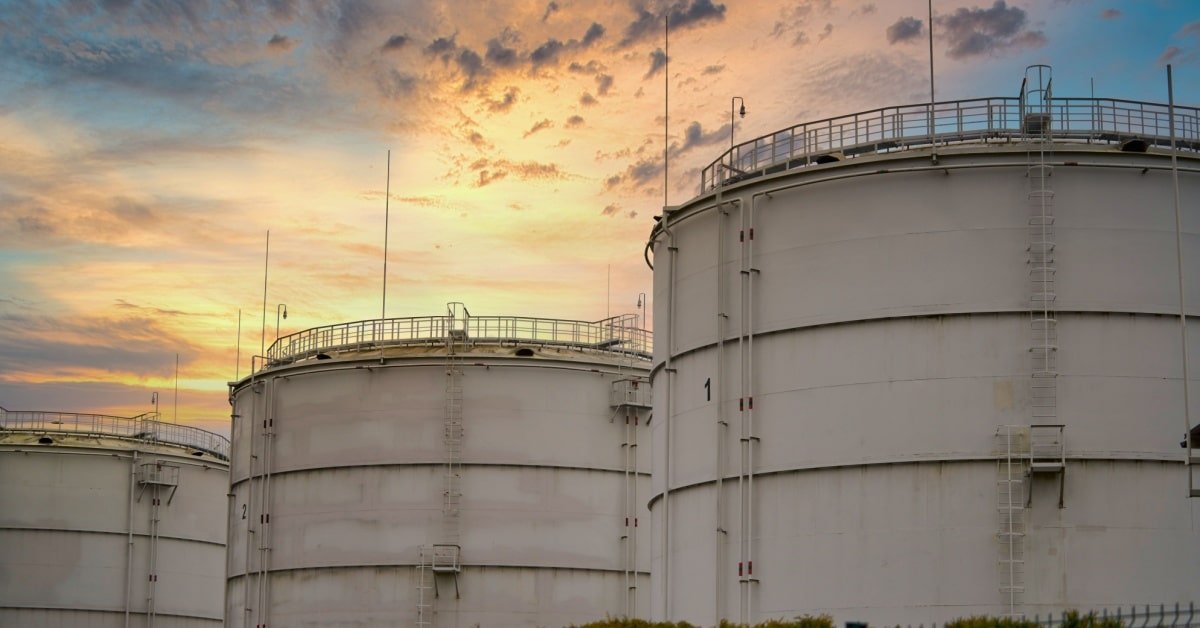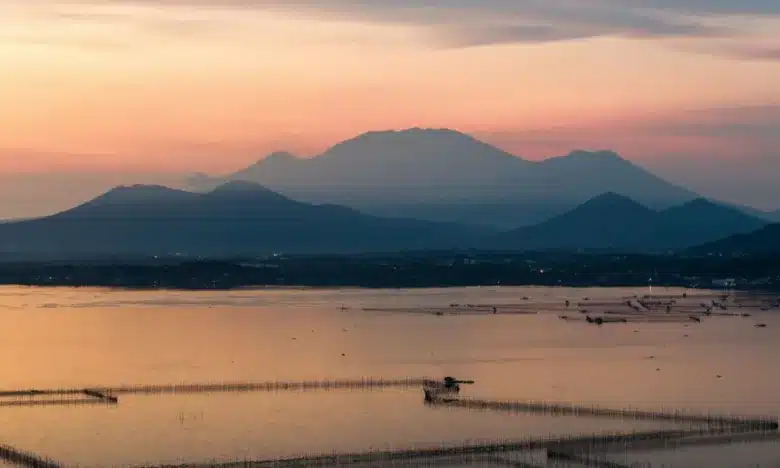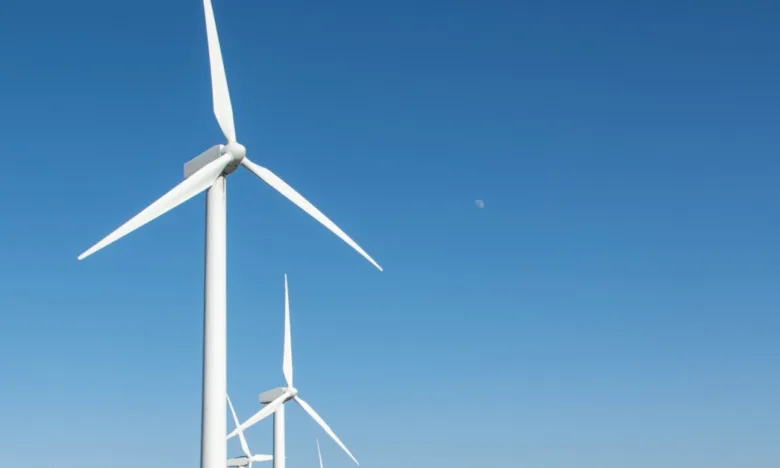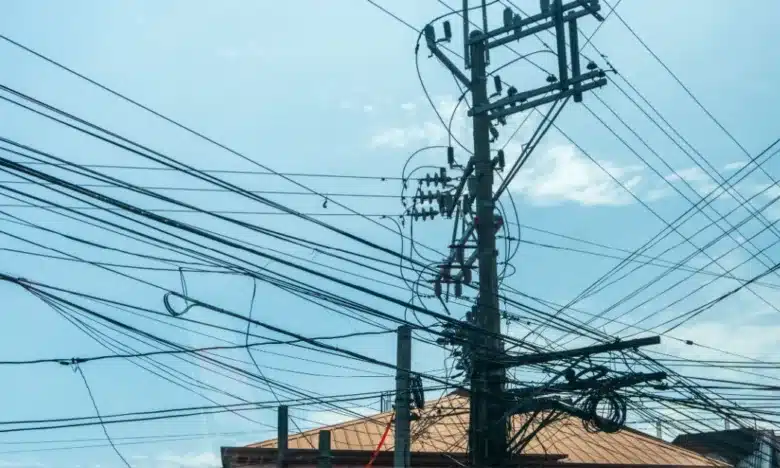
Indigenous Petroleum Reserves Tapped to Mitigate Rising Oil Costs
- June 5, 2024
As the Philippines’ GDP continues to grow at the fastest rate in the ASEAN region, it faces an increased demand for energy. The Philippine government has looked into indigenous hydrocarbons for the long-term mitigation of erratic oil prices.
One Bongbong Marcos administration’s first acts was to revolutionize energy resource development in the country by passing policies to drive the renewable portfolio standards mandate. Among its goals are: increasing the renewable energy (RE) share to 50% by 2040, coordinating the prioritized dispatch of RE resources, launching the Green Energy Auction Program to garner 11GW of RE capacity, and allowing 100% internationally owned companies to partake in RE development. Although the DOE’s main goal is to augment RE, the country must balance this for the time being with its non-renewable energy sources to avoid dependency on imported energy.
At present, oil and gas are the primary fuels for transportation and power nationwide. Petroleum makes up 50.9% of the total final energy consumption in the country. Last 2022, he Philippines imported 168, 571 million barrels of petroleum. The Galoc field was able to produce only 559 million barrels of oil, which is less than 1% of the national demand. The Malampaya reservoir in Palawan which supplies indigenous gas is depleting in its 24th year. 30% of power consumption in Luzon is provided by the Malampaya Deep Water gas-to-power project.
The biodiversity of the Philippines gives it hydrocarbon resource potential from its geological basins. However, extensively exploring its 17 sedimentary basins is no easy task. It shifted to a service contract system from its concession framework in 1972, resulting in just 263 exploration wells drilled. 11 led to gas finds and 41 resulted in oil discoveries. In comparison, Malaysia and Indonesia have drilled 250 wells together in one year.
The statutory framework nation’s upstream petroleum industry was established by Presidential Decree No. 87 (PD No. 87), or The Oil Exploration and Development Act of 1972. Under this policy, both Filipino and foreign contractors may receive a service contract agreement to carry out petroleum exploration. The service contractors are responsible for financing necessary technical services for a fee of 40% of their gross income after deducting operating expenses, as the government lacks the funds to execute this. The government claims 60% of the proceeds to be remitted by the contractor. Contractors are reimbursed by the DOE for all expenses not exceeding 70% of the annual gross proceeds from production. Unreimbursed expenses will be reconciled in the succeeding years of operation.
This is among the most attractive physical regimes in Asia, but only medium-sized foreign contractors have signed as contractors so far, with the exceptions of Shell and Chevron. In order to gain more traction, PD No. 87 must adapt to the modernity of the upstream industry, as well as better fiscal and contractual terms issued by the DOE to encourage more drillings.
One incentive is to allow for cross recovery where a deepwater contractor operates in two or more areas under different service contracts. The operating expenses may be recovered from the gross proceeds from the sale of all petroleum produced within any one or more of the projects, as if they are covered by a single contract. A previous bill in the Philippine Senate provided for this cross recovery that should attract exploration companies in the Philippines.
Allowing cross-recovery where different service contracts allow a deepwater contractor to do business in more than one area is one incentive offered by the policy. It will be as if only a single contract is needed to recover gross proceeds for all petroleum sales from several projects. The Philippine Senate passed this in a previous bill to attract foreign exploration companies.
One more incentive is for contractors to get a free ride on income tax sponsored by the government, which offsets the controversial Commission on Audit mandate to deny the government tax assumption of the Malampaya project.
The DOE has gone leaps and bounds in harnessing energy resources, as evidenced by the current flux of hydrocarbon development upon its implementation of stricter regulations, more substantial policies and closer coordination with government agencies.
Contracts where the counterparty failed to meet its terms were cancelled by the DOE. There are currently 17 active petroleum service contracts nationwide, with only Galoc and Alegria as oil producers. Every activity within each sub-phase outlined in the service contracts is under close scrutiny by the DOE.
DOE just launched the 2024 Philippine Bid Round for Coal, Petroleum and Native Hydrogen. This makes the prospect of multiple surface geology, seismic and well reports for petroleum production open to exploration. The Philippines aims to make the most of its indigenous petroleum resources through these programs. The DOE must continue to foster the collaboration of government agencies to attract foreign investors in exploration.
Source: Going deeper: Philippine push for indigenous petroleum reserves



